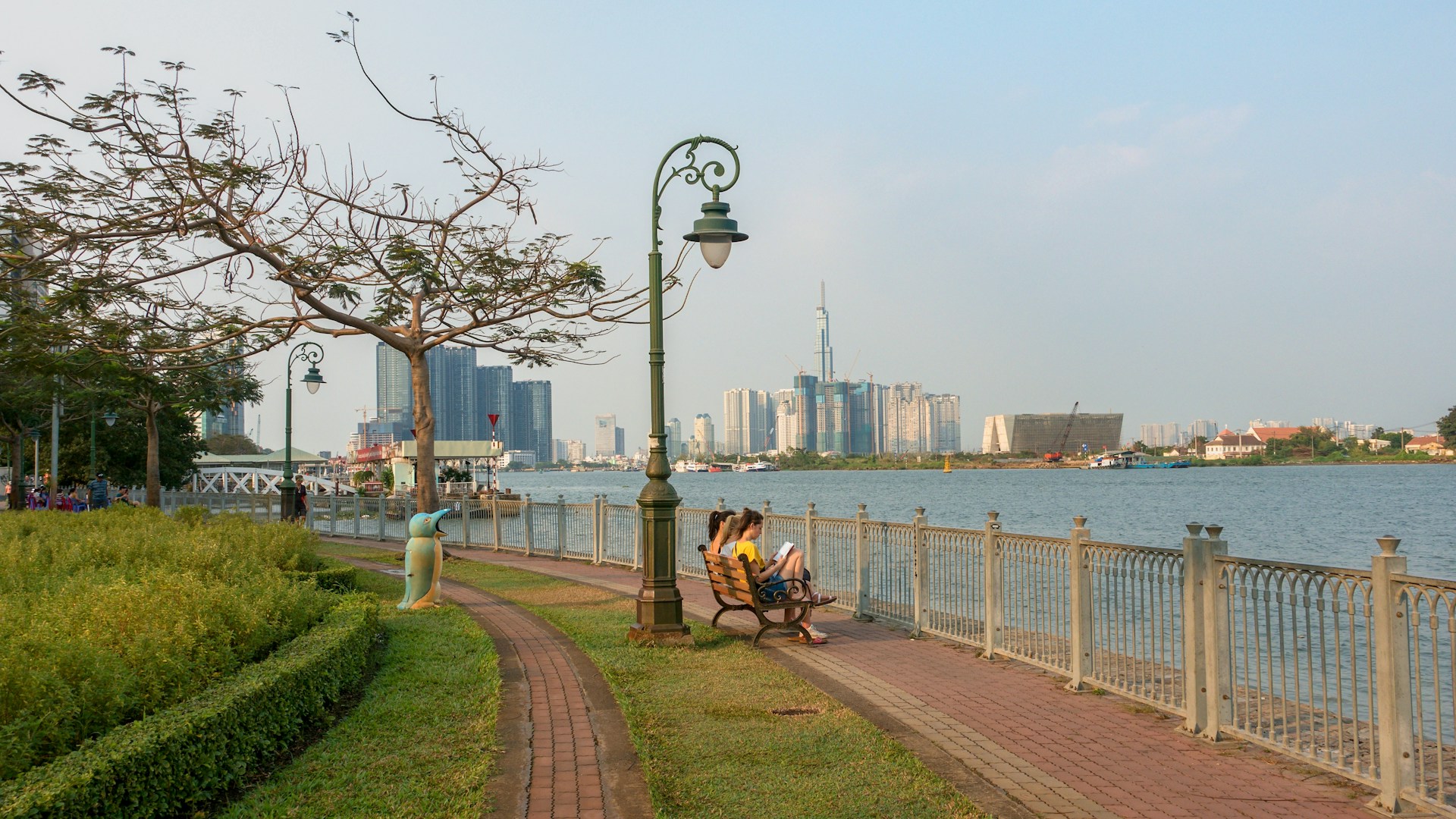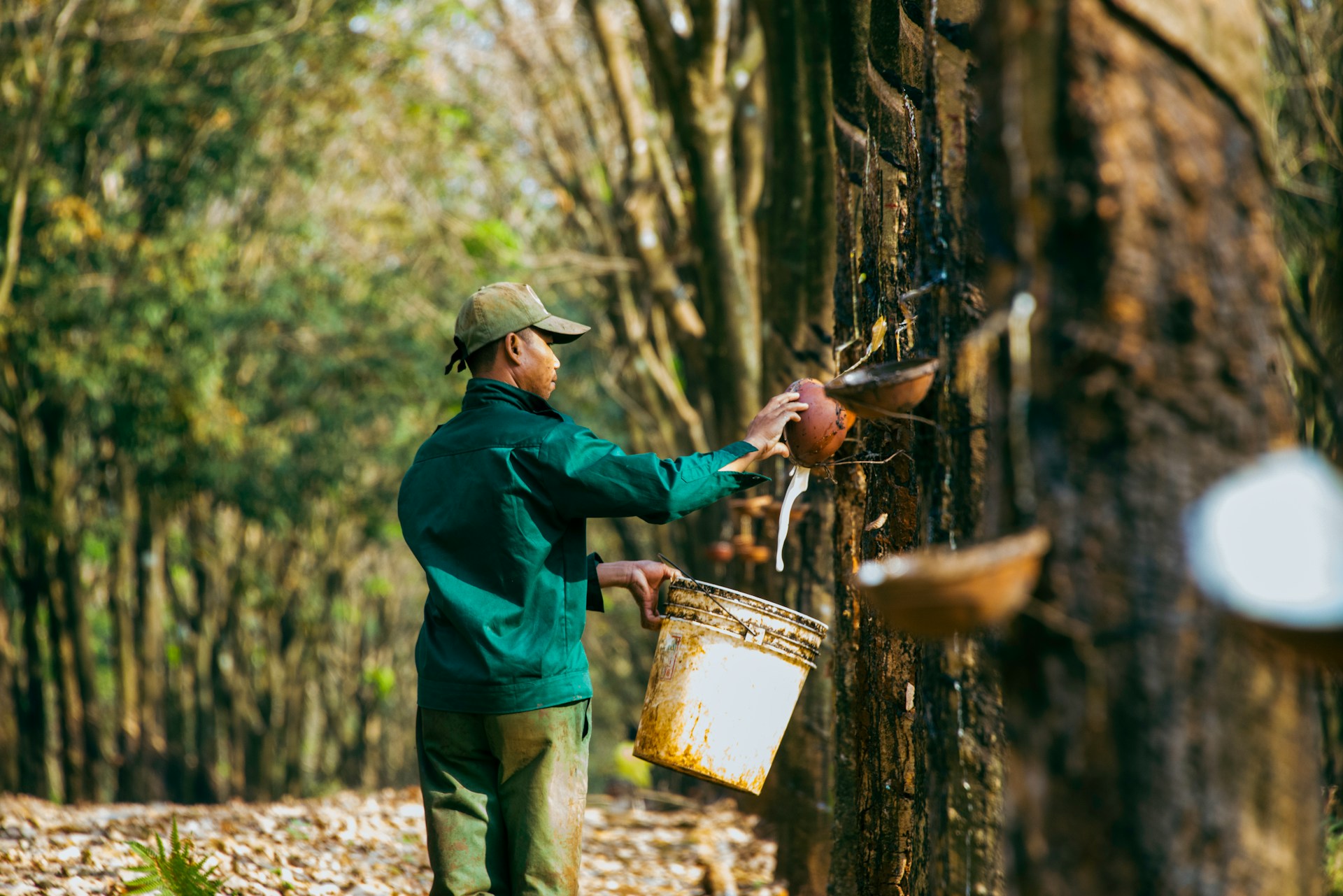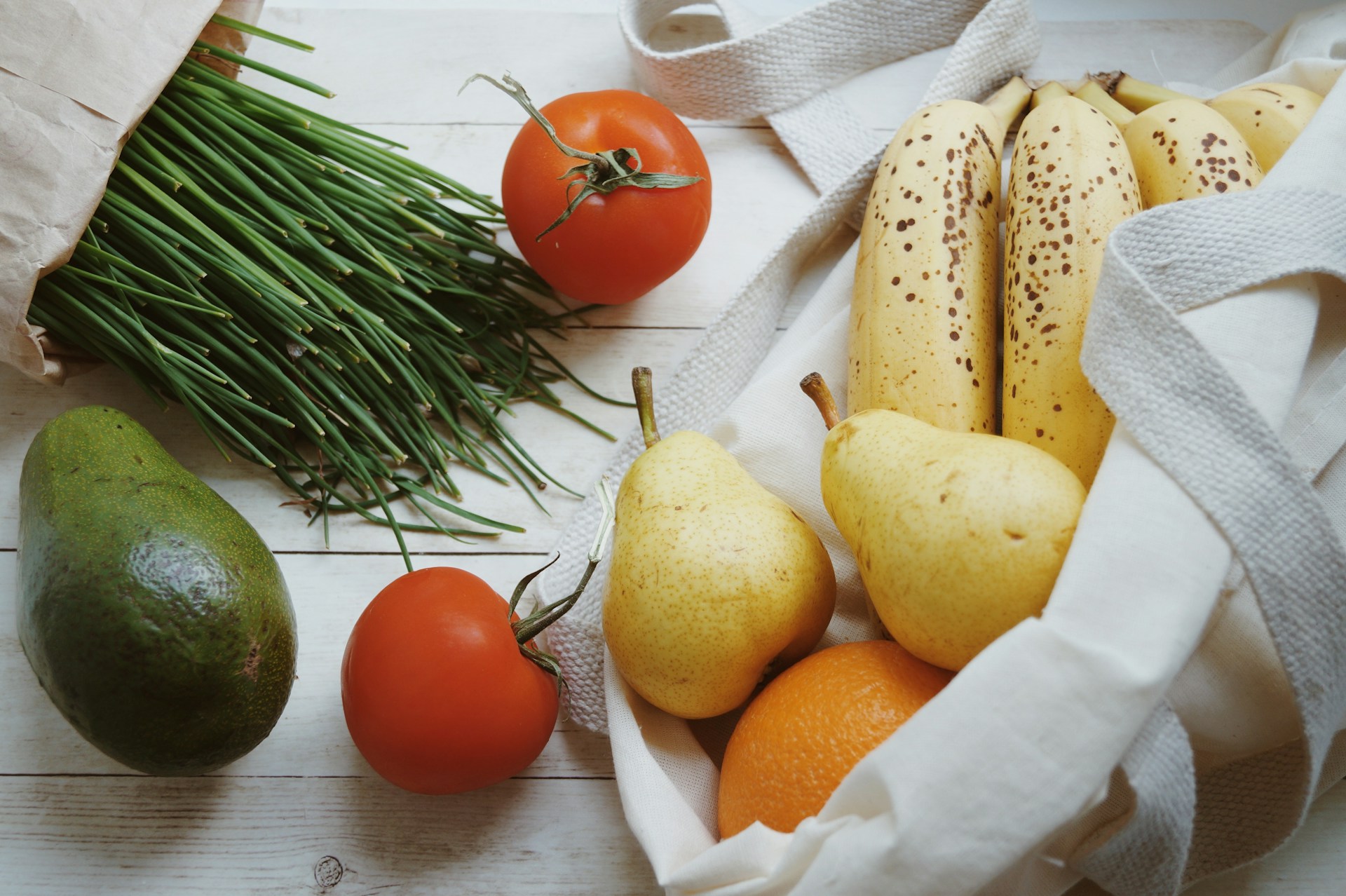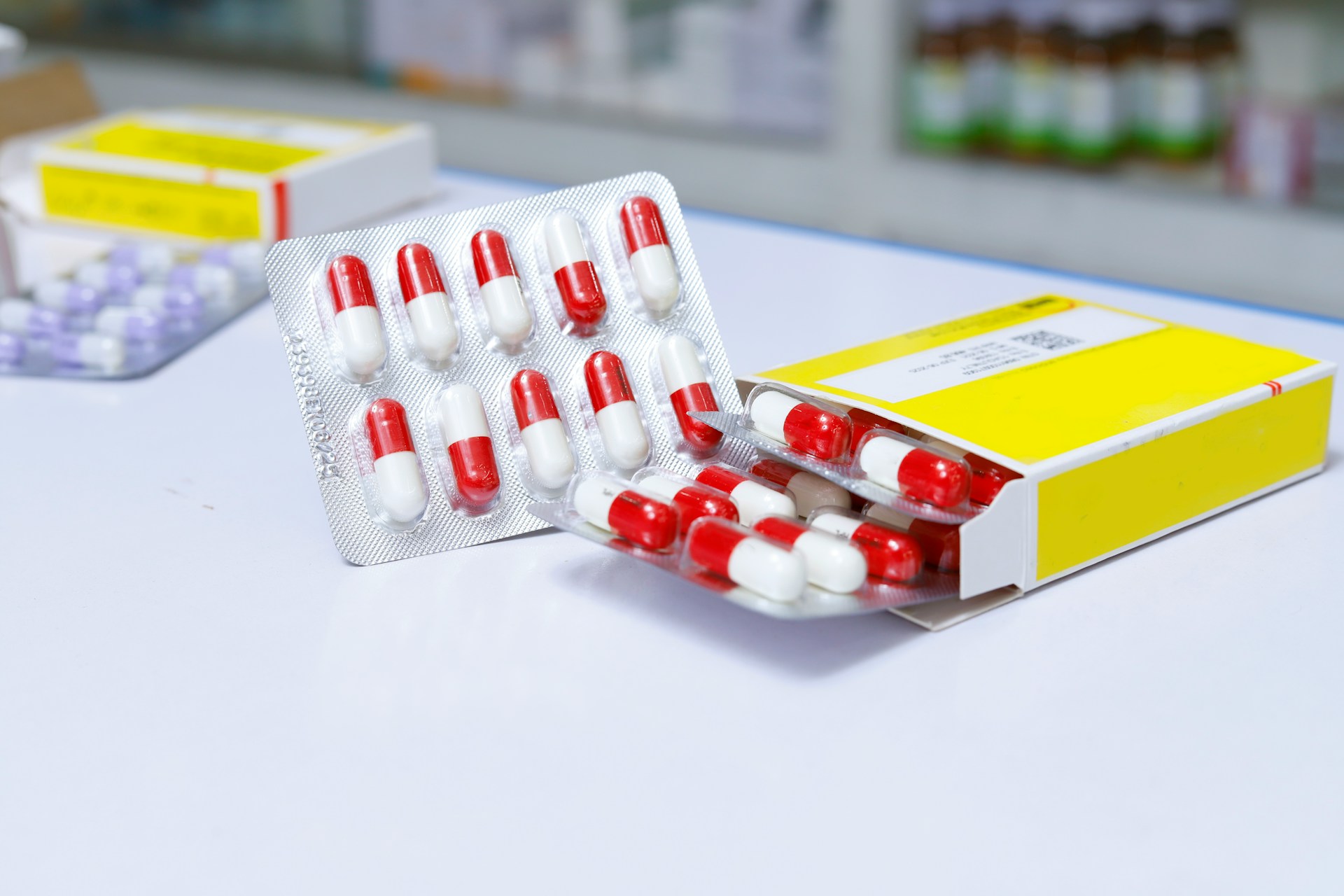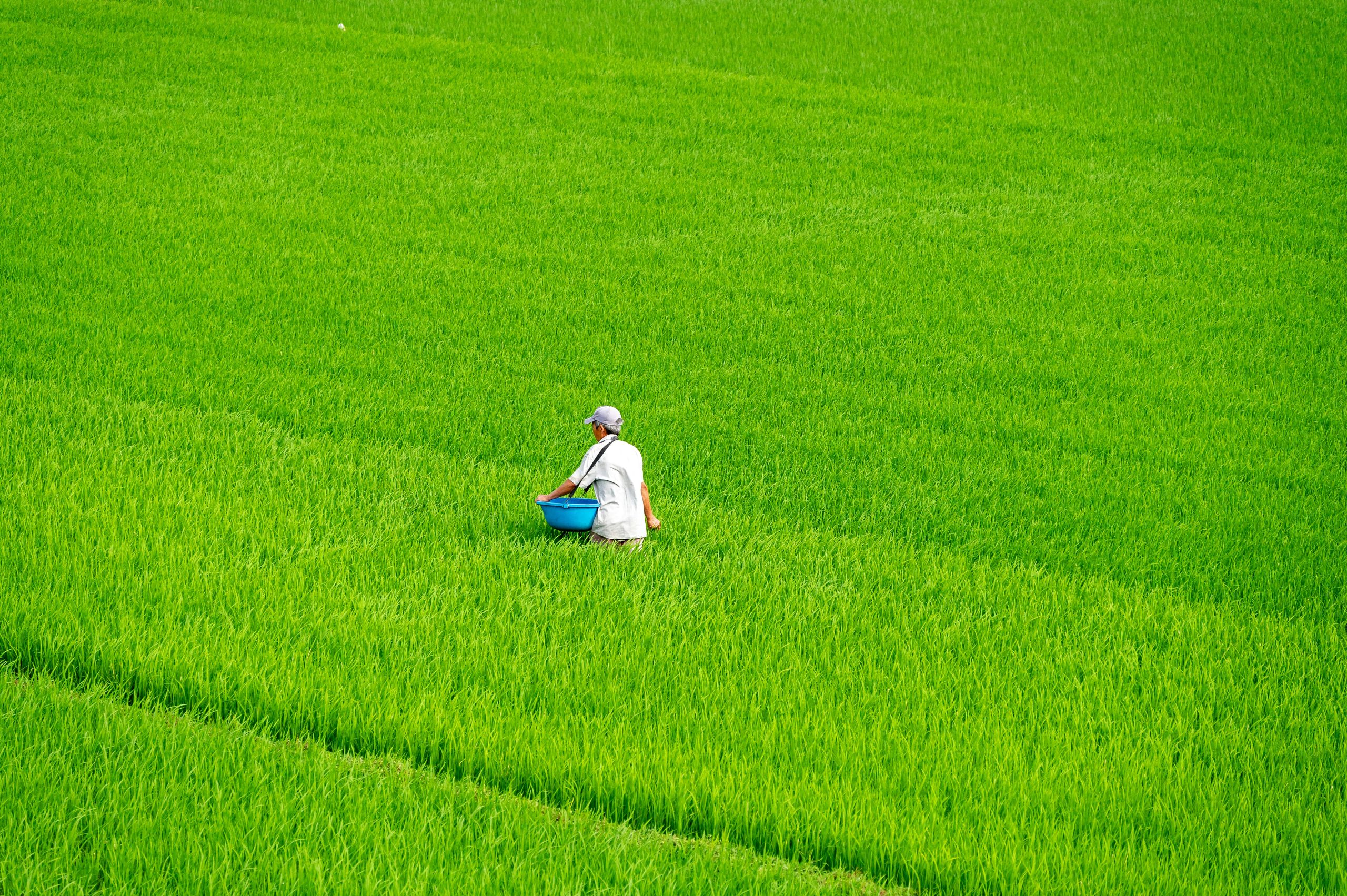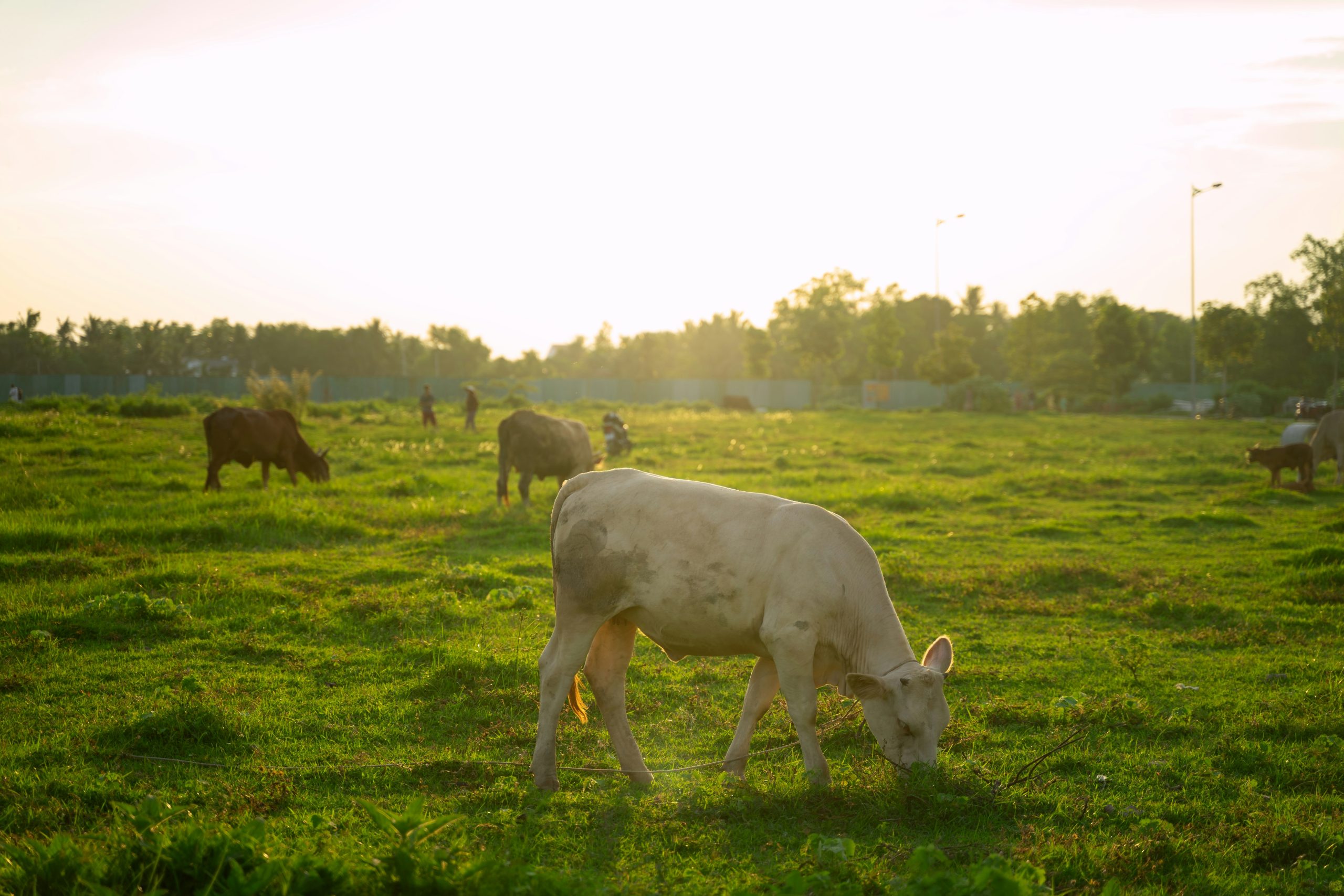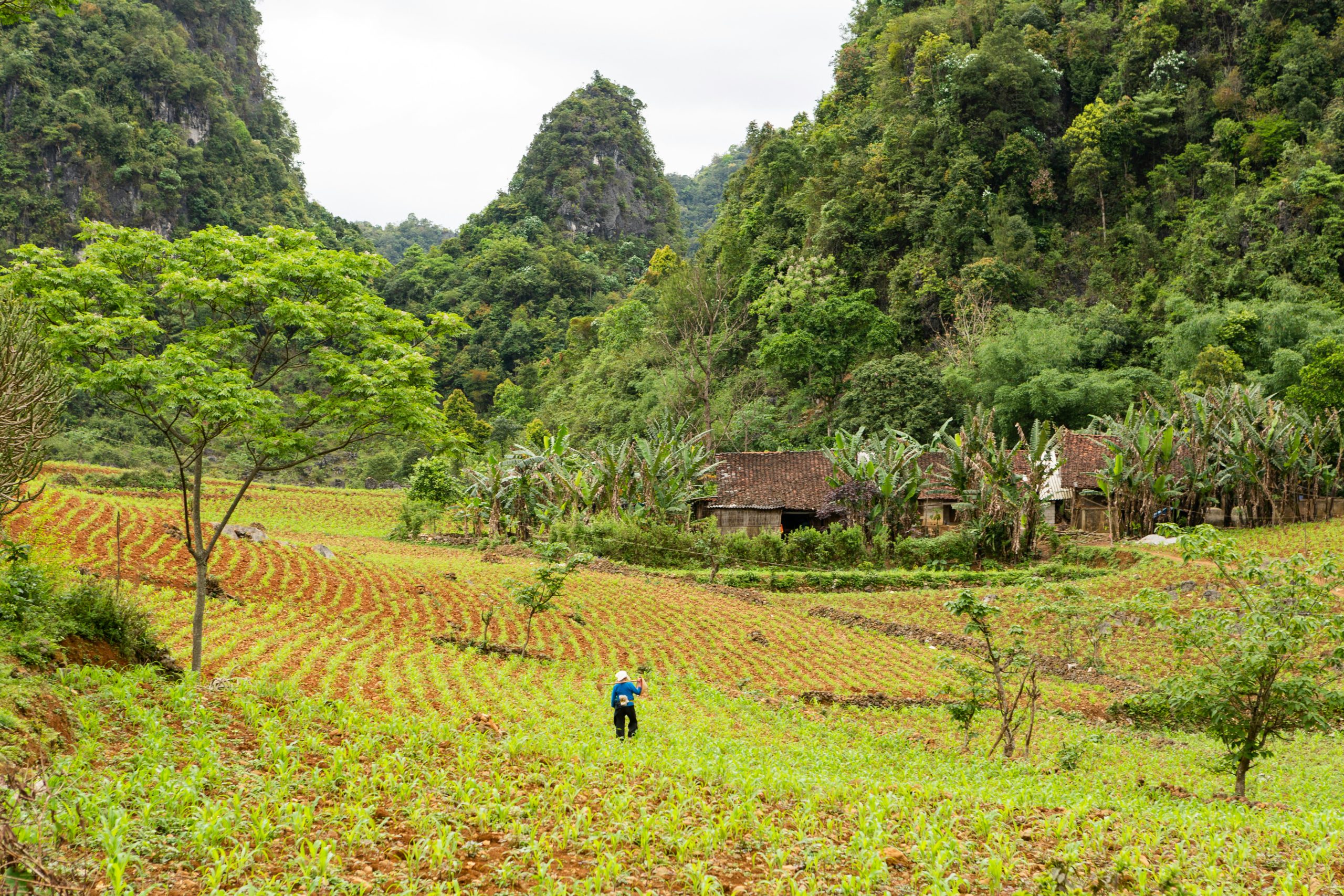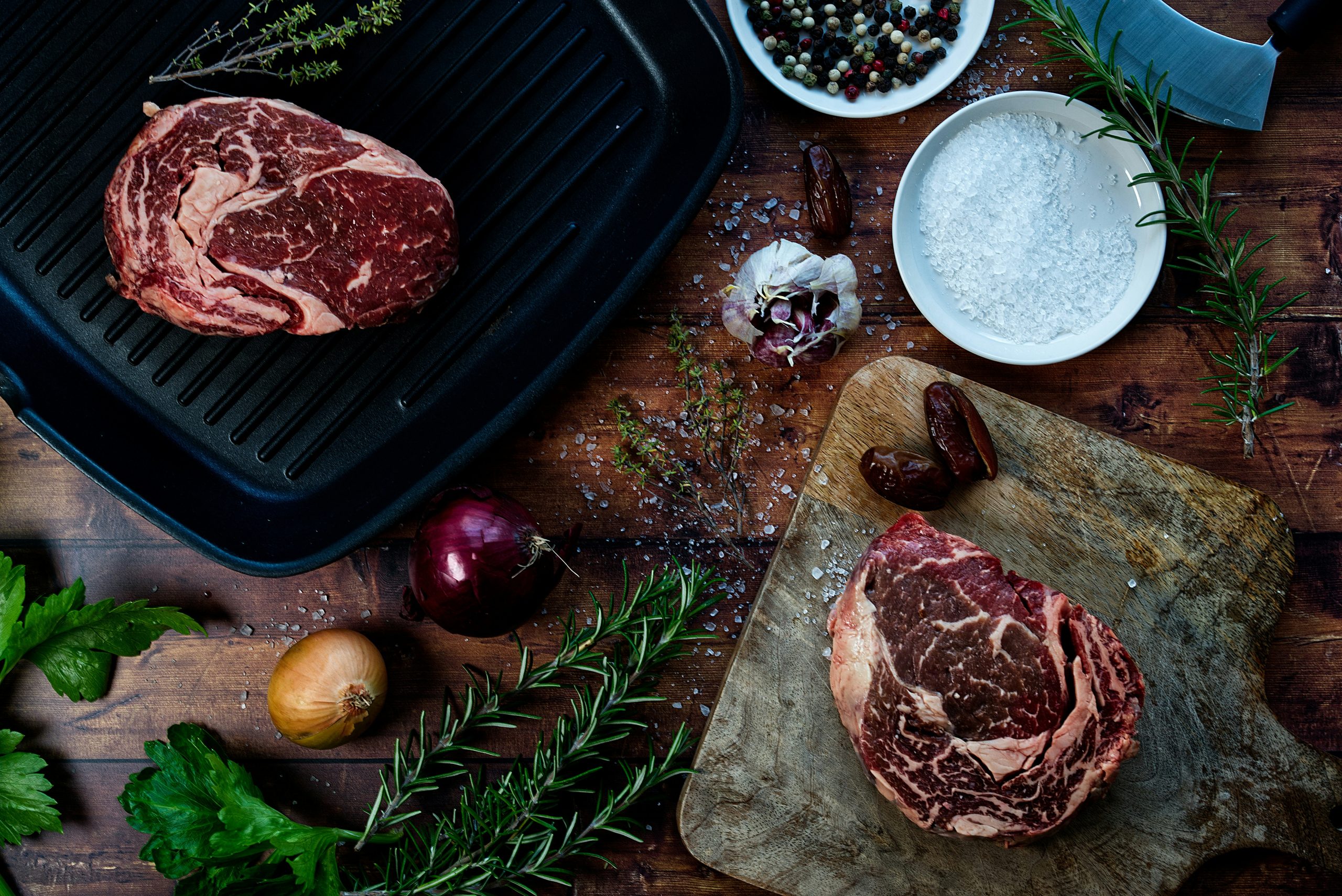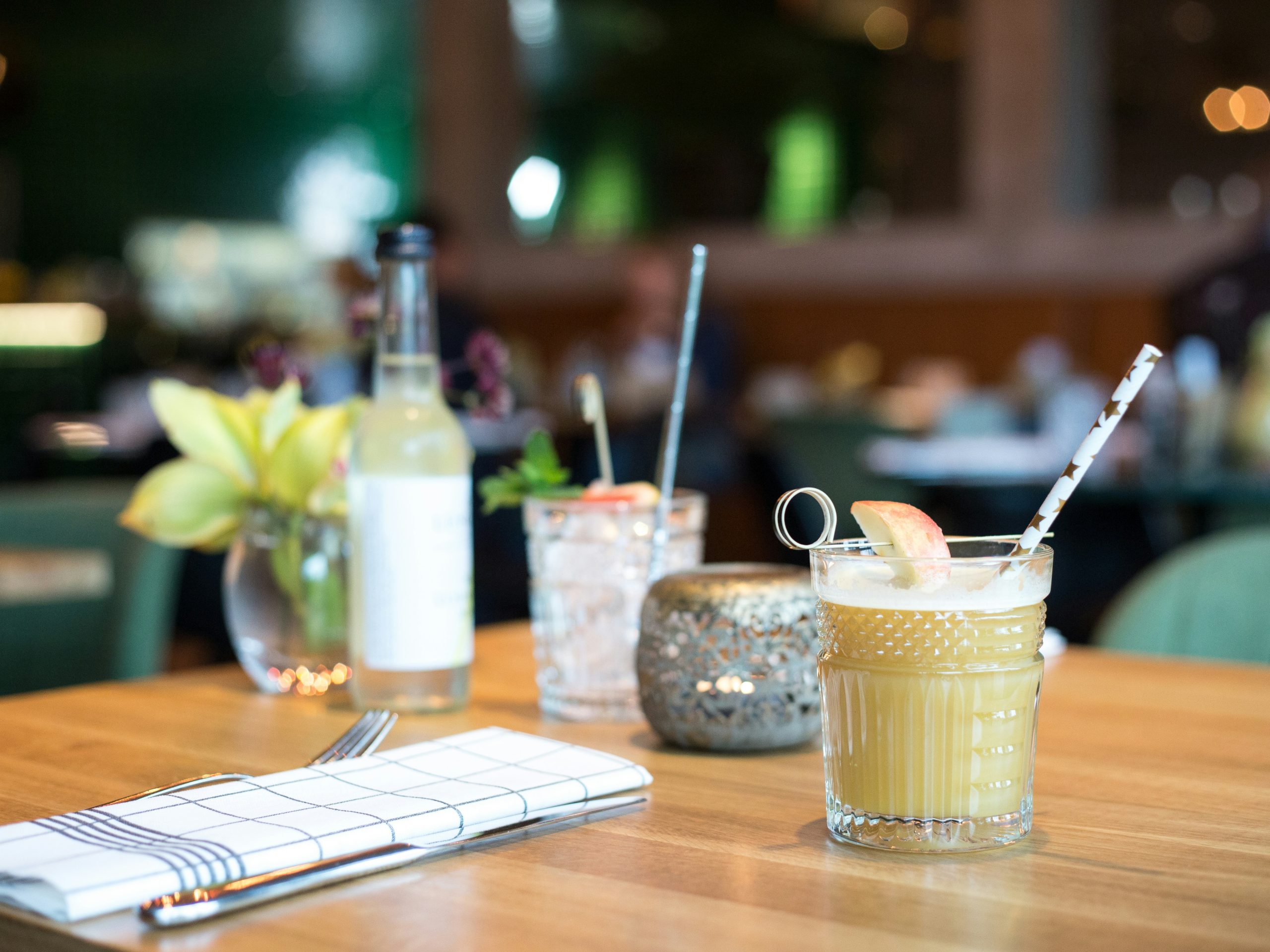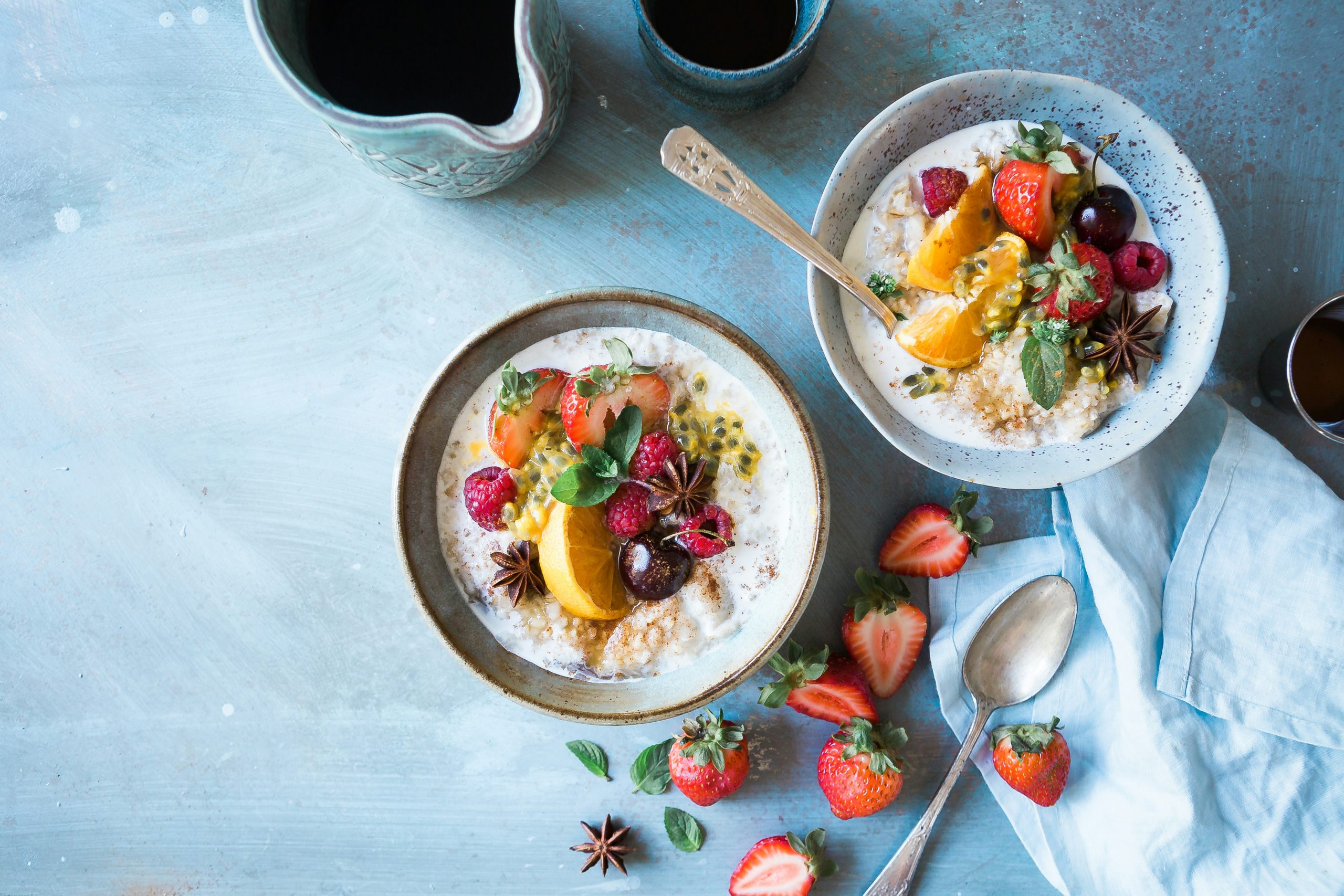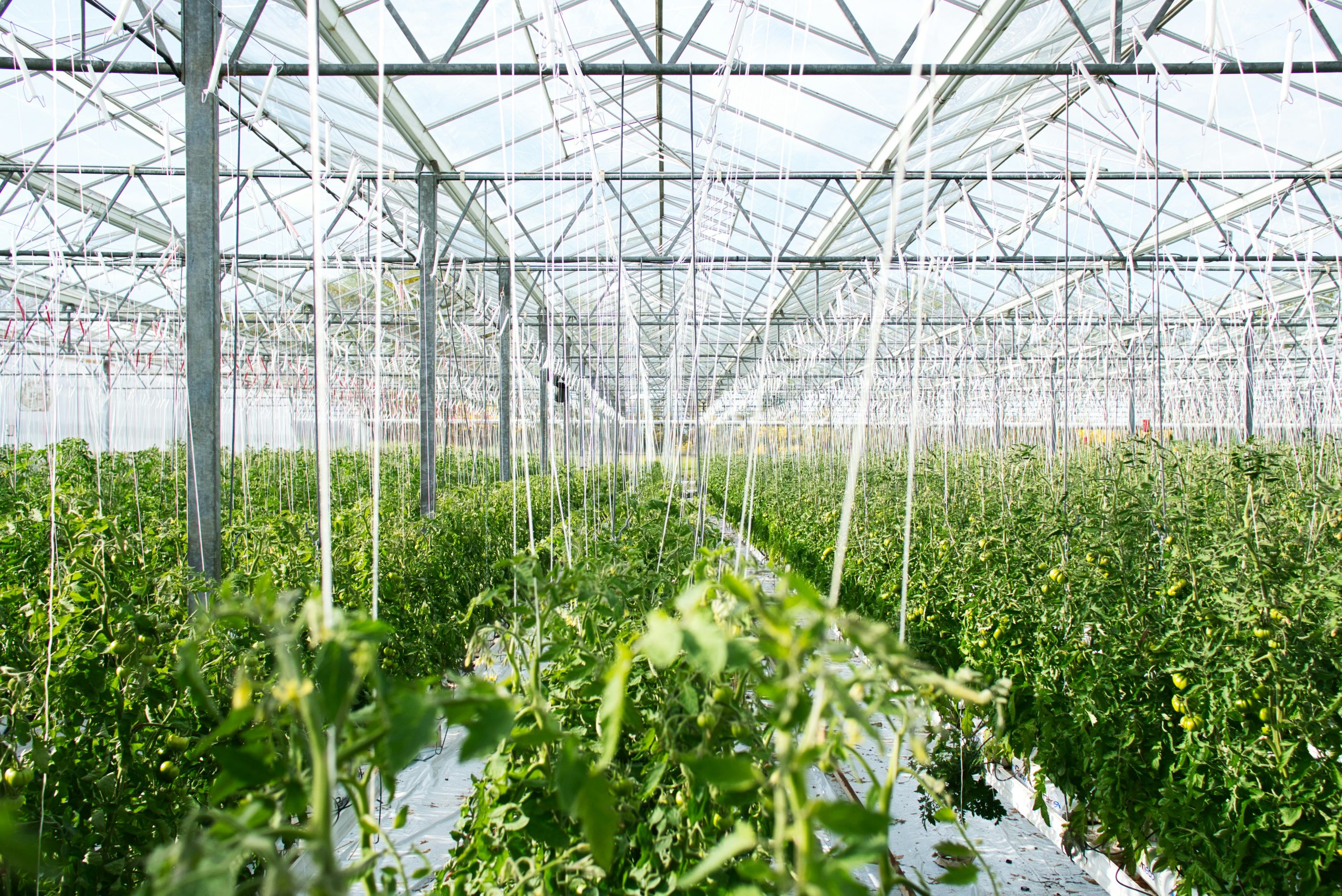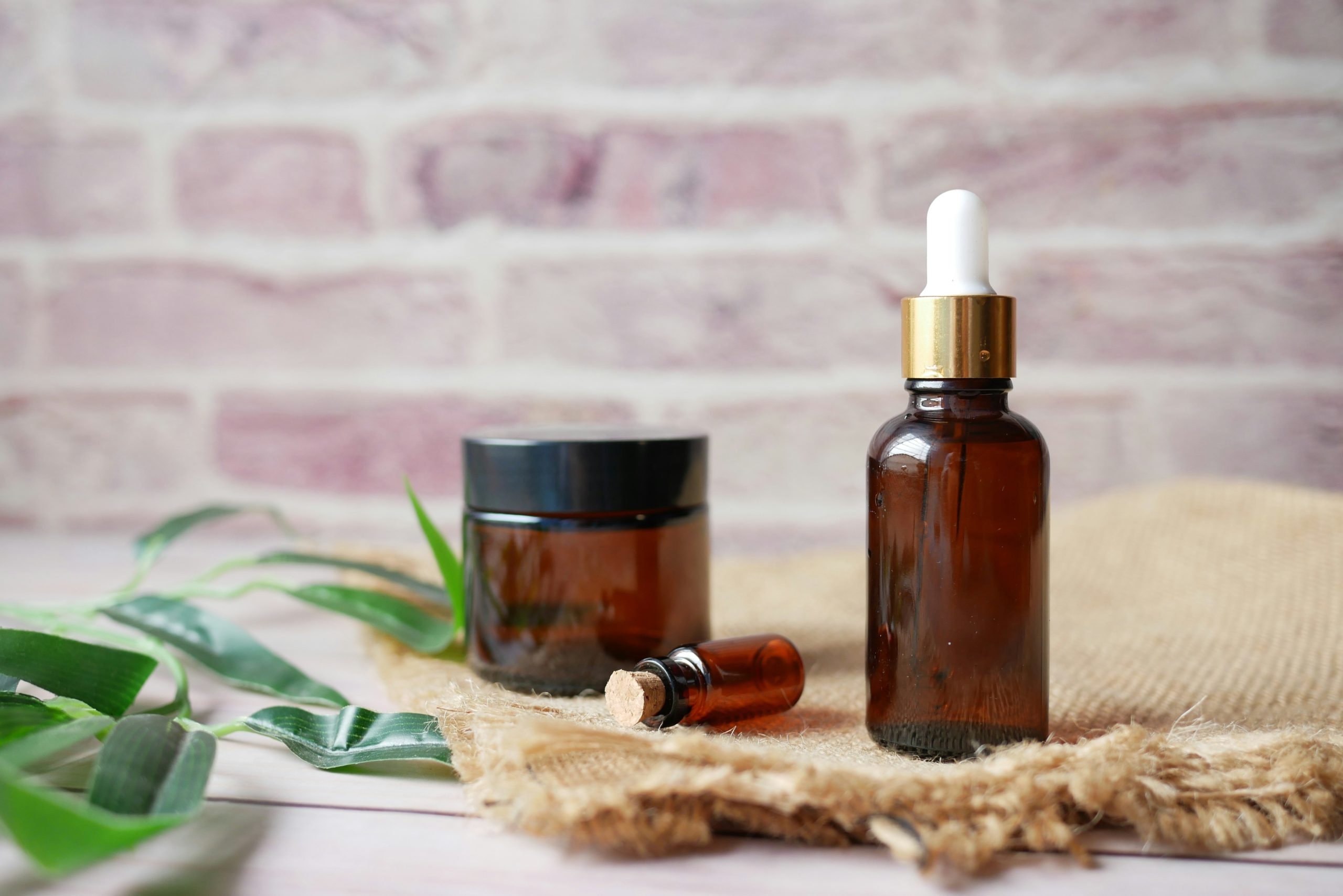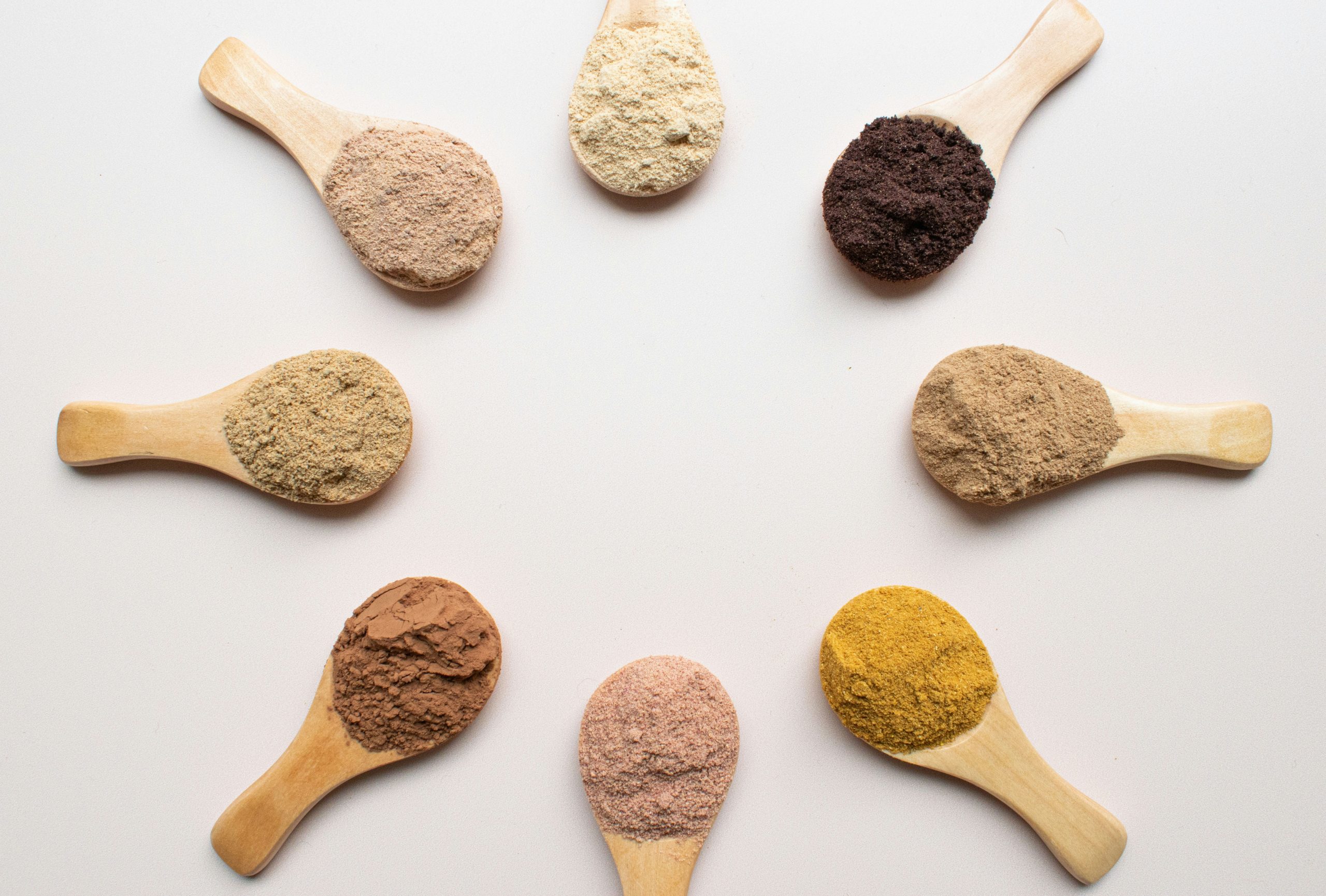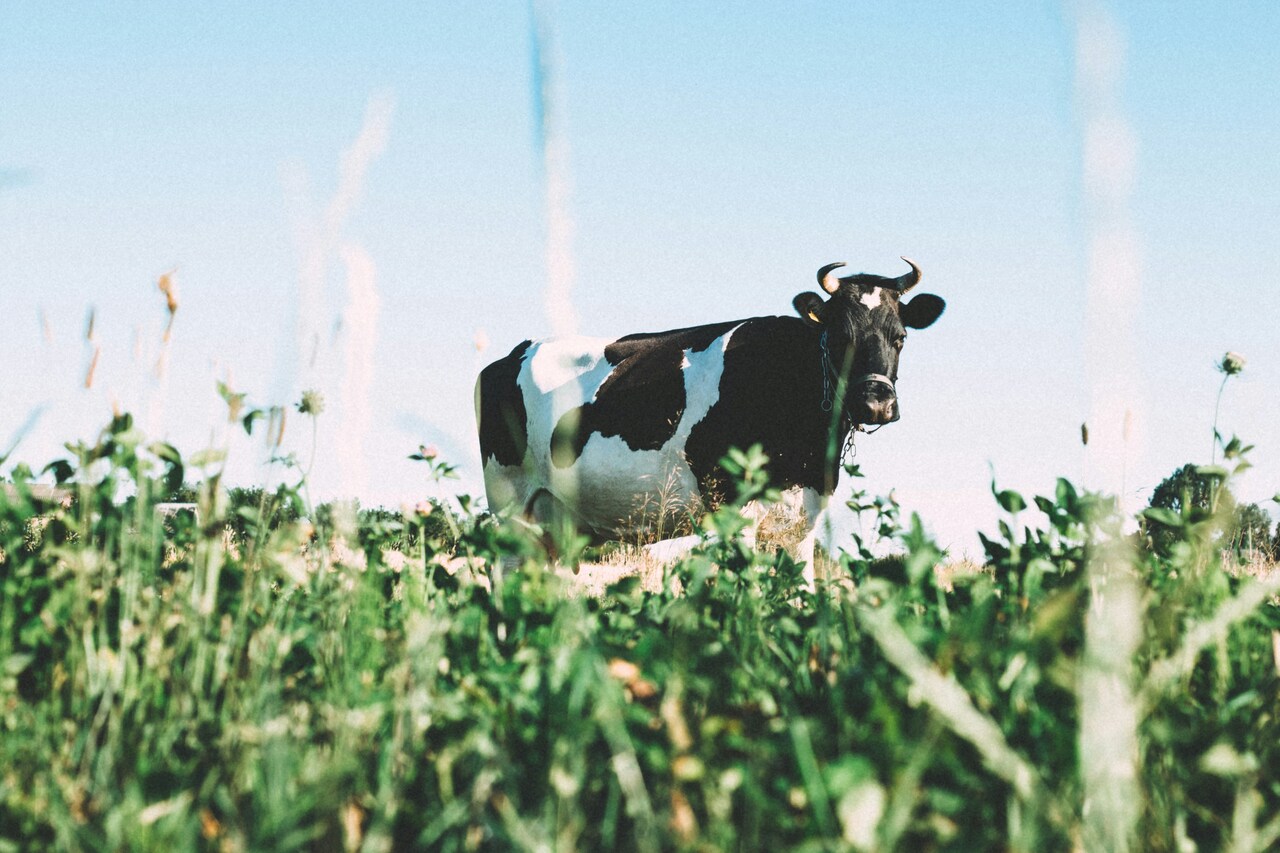15Jun2017
Industry Reviews
Comments: No Comments.
2017/6/5
“30% increase annually”
In 2016, Vietnam recorded 129 cases of food poisoning and 57,000 units found violations. Todays each time going to market, consumers keep worrying whether the food is safe or not because lack of its origin information.
As a result, growing numbers of people are turning to “clean” food, buying foods certificated by officials. This trends also opens up a new business opportunity in “organic food”.
Organic Trade Association estimates total organic consumer market of Vietnam at about 2 million USD per year.
Health & wellness products have highest consumption, reached 3,955.8 million USD in 2015, with compound annual growth rate of 17.9% from 2012 to 2015.
According to Organik Da Lat, consumption of organic products has increased by 30% annually. Statistics from “Hợp tác xã Thỏ Việt” show that consumer demand in the first eight months of 2014 increased by 50% compared to 2013.
Many big brands in Vietnam have invested and developed its organic products, such as Vinamilk, Co.opmart, Vinamit,…
Vinamit, a well-known dried fruit manufacturer and exporter, also included organic into their core business.
For the past 4 years from 2013, Vinamit has invested in a 171 hectare organic fruit farm in Binh Duong. Up to now, Vinamit has 80 organic products certificated under the USDA (US) and EU (Control Union) standards.
“As Vietnam’s per capita increase, demand for high quality and safe food become higher”
Vietnamese consumers gradually change their shopping habits, started to pay more attention to product quality and health than before.
According to Nielsen, health and wellness continues to be in the top 5 concerns of Vietnamese consumers. Specifically, total health expenditure per capita increased from 5.5% in 2008 to 7.06% in 2014.
Vietnam’s per capita income has been rising steadily over the years as a leverage pushing people to spend more on high quality and safe food.
Although demand is estimated high, the perception and consumption of Vietnamese consumers on organic food is still limited. A research from Vietnam national university of agriculture in 2015 shows that only about 10% of the total number of consumers in Hanoi have a true and full understanding of organic food.
Meanwhile, 50% have heard of organic terms but do not understand it.
Moreover, organic foods seems to be hard to access because almost sold in supermarkets, convenience stores or corporate distribution networks. These distribution channels are only concentrated in big cities like HCMC, Hanoi and Da Nang.
“Awareness, Distribution and Organic Certification are 3 major concerns”
Unitl now, Vietnam have not yet has a set of standards for organic food. In 2006, the Ministry of Agriculture and Rural Development issued the Sector Standard 10 TCN 602-2006: Organic-Standards for Organic Agriculture and Processing, but requirements for certification are not detailed. In Vietnam, Control Union, a global network of inspection operations and dedicated laboratories, also organize to test the cultivation process and issue organic certification, but costs much money. There are also PGS Vietnam (Participatory Guarantee Systems) adopted by the International Federation of Organic Agricultural Movements (IFOAM), that serves only small farmers in cultivation and market, not support small businesses. Once more, this PGS only exists in Hanoi, Hoa Binh, Ha Nam, Quang Nam and Ben Tre.
Although there are still challenges, Vietnam organic food industry is still considered very potential with variouse opportunities in supply chain from farming to production distribution, retails.
Reference:
- Thanh Nien (2017), 57,000 units found violations of food safety. Available at: http://thanhnien.vn/thoi-su/phat-hien-gan-57000-co-so-vi-pham-ve-an-toan-thuc-pham-783022.html
- Organic Trade Association. Available at: http://www.globalorganictrade.com/country/vietnam
- Ho Chi Minh Journal of Law (2014), Consumers favor organic food. Available at: http://plo.vn/kinh-te/quan-ly-kinh-te/nguoi-dung-chuong-thuc-pham-huu-co-492643.html
- Viet Nam News (2016), Fruit producer Vinamit get US, EU organic certification. Available at: http://bizhub.vn/news/fruit-producer-vinamit-get-us-eu-organic-certification_282833.html
- Nielsen (2017), Vietnam sees a significant increase in consumer confidence index in the last quarter of 2016. Available at: http://www.nielsen.com/content/dam/nielsenglobal/vn/docs/PR_EN/PR_Vietnam%20CCI%20Q4%2716_EN.pdf
- World Bank. Available at: http://data.worldbank.org/indicator/SH.XPD.TOTL.ZS?locations=VN
- Vietnam Journal of Agriculture and Science (2016), Awareness of Vietnamese consumers on organic food: Hanoi case study. Available at: http://www.vnua.edu.vn:85/tc_khktnn/Upload%5C17112016-so%208.19.pdf
- Vietnam Chamber of Commerce and Industry, Ho Chi Minh (2016), Organic food: anew way full of potential. Available at: http://vcci-hcm.org.vn/diem-nhan-thi-truong/thuc-pham-huu-co-huong-di-moi-day-tiem-nang-tt6657.html
Dai Bieu Nhan Dan (2016), Lack of standards for organic food. Available at: http://daibieunhandan.vn/ONA_BDT/NewsPrint.aspx?newsId=378017




